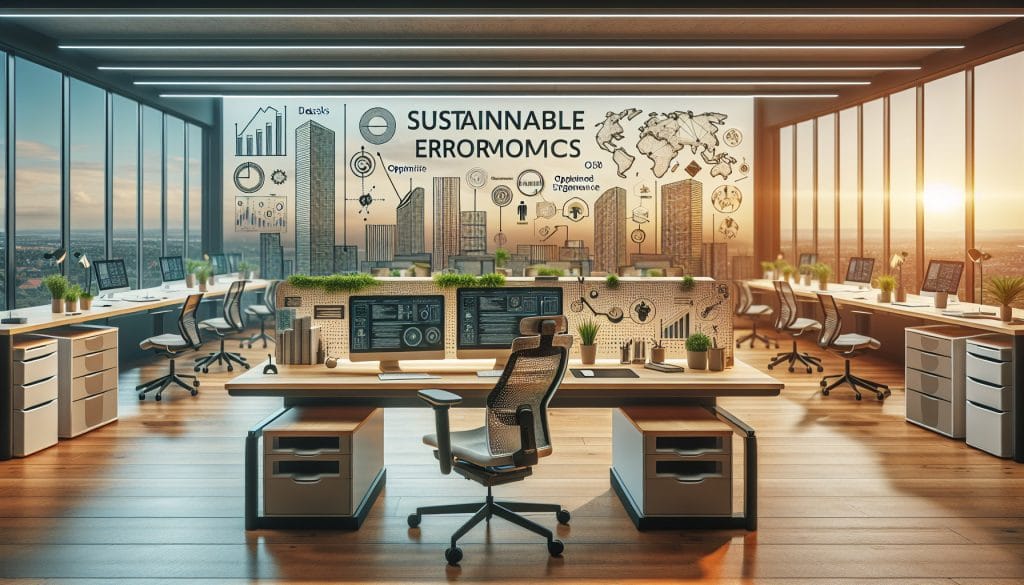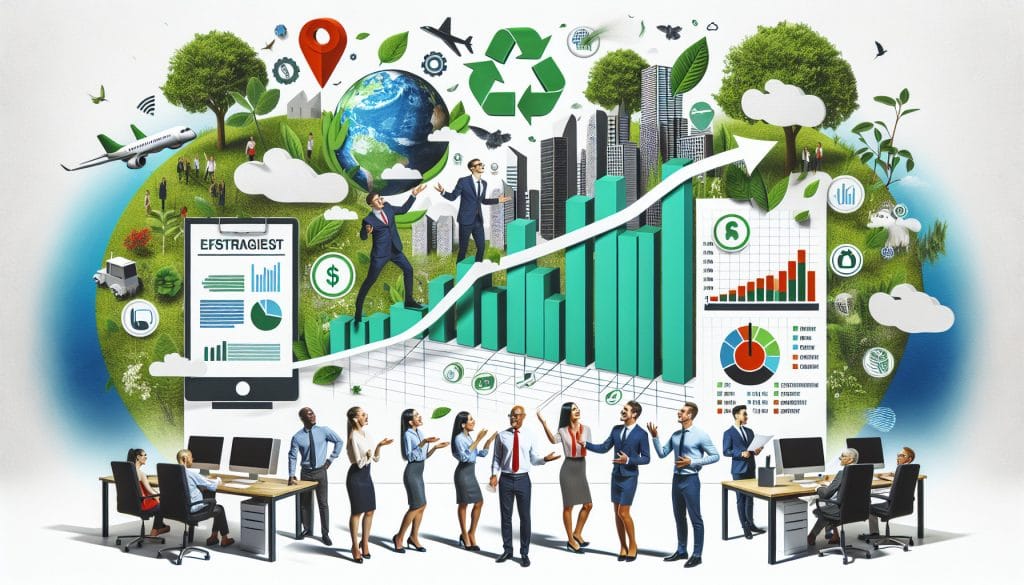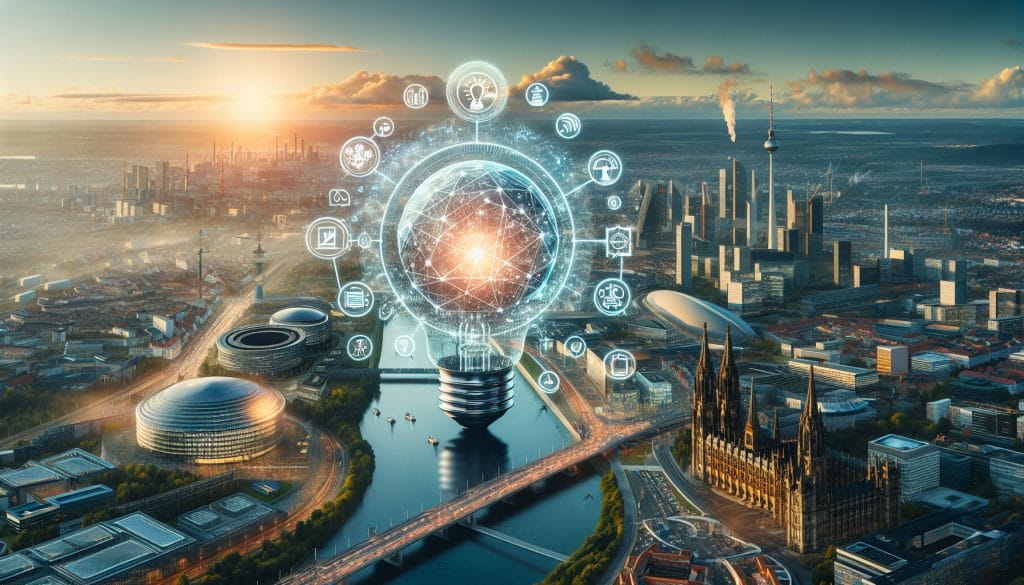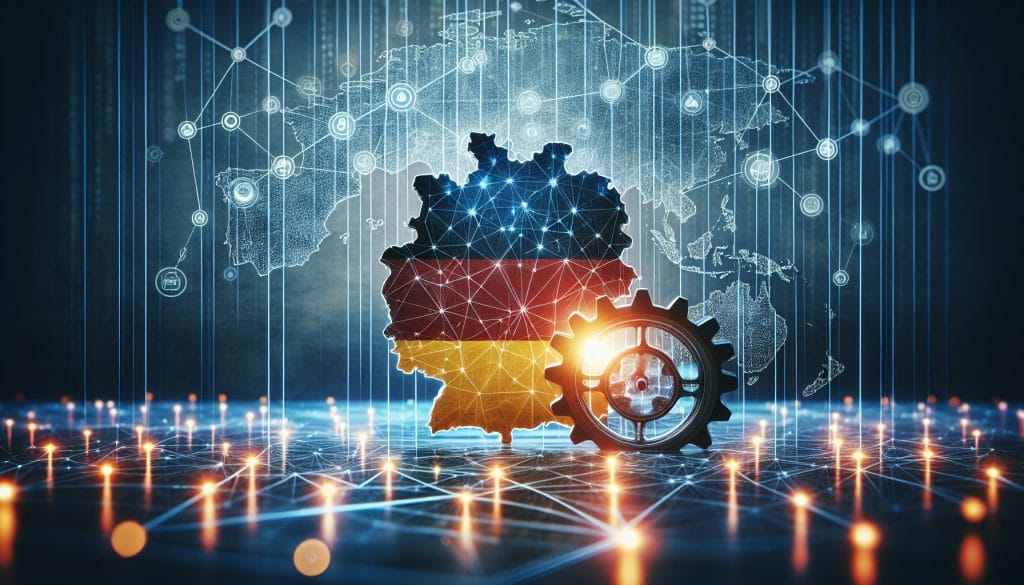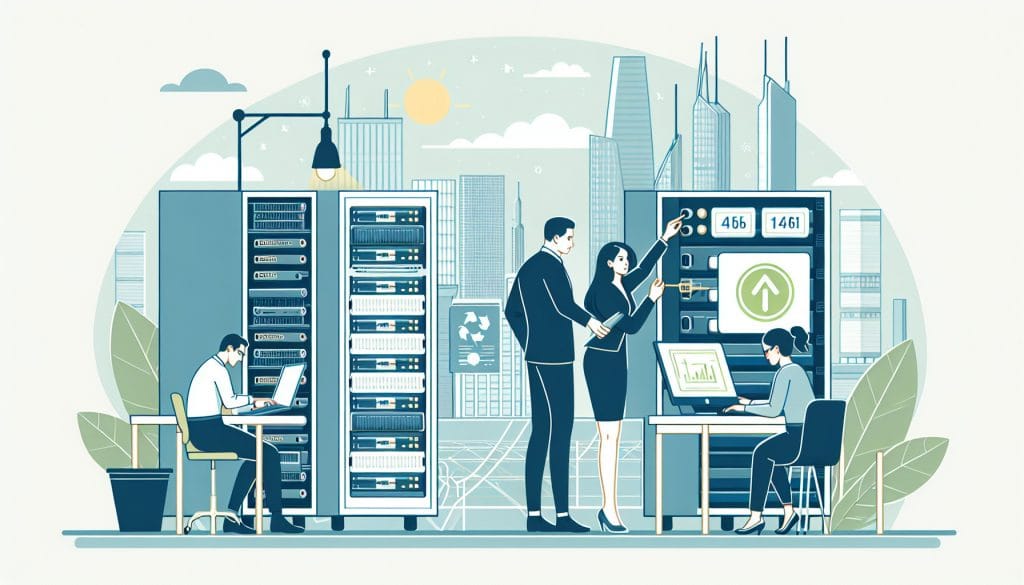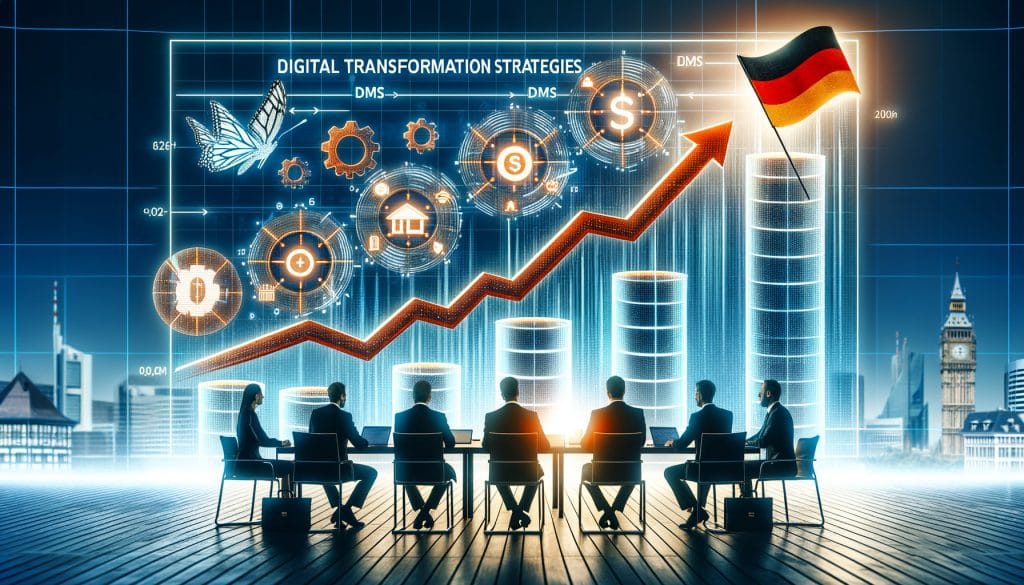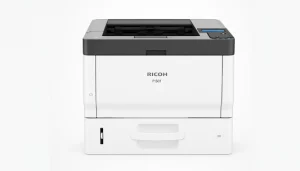Increasing Efficiency: Integrated Office Equipment for Future-Proof Workplaces in Germany
In the modern business world, increasing efficiency in the workplace is crucial. Companies in Germany are faced with the challenge of optimizing their office equipment to meet both employee requirements and dynamic market conditions. The implementation of integrated office efficiency Intelligent office equipment can play a key role in this. This article looks at various aspects of how companies can increase their efficiency through integrated systems and modern technologies.
1. The need for integrated office equipment
The working environment has changed considerably in recent years. Flexible working hours and home office concepts are increasing, and the demands on modern office equipment are growing. Integrated office efficiency means combining systems, furniture and technologies so that they work together seamlessly. This results in:
- Increased productivity: Ergonomic furniture and effective room design enable employees to work more focused and efficiently.
- Cost savings: Intelligent systems help reduce energy costs and optimize operating costs.
- Improved communication: Integrated solutions promote collaboration and exchange between employees.
2. Technological trends in office equipment
Technological development has a strong influence on office equipment. New solutions promote integrated office efficiency through innovative applications and devices:
- Smart Office technology: The integration of IoT (Internet of Things) devices enables optimized lighting and climate control that automatically adapts to the needs of employees.
- Mobile working: With mobile devices and cloud solutions, employees can work flexibly and independently.
- Collaboration tools: Platforms such as Slack or Microsoft Teams optimize communication and information exchange within teams.
3. Ergonomics in the workplace
One of the central components of the integrated office efficiency is ergonomics. Ergonomic furniture and equipment are not only comfortable, but they also reduce the risk of work-related illnesses:
- Office chairs: High-quality office chairs support a healthy sitting posture and can be individually adjusted.
- Standing desks: These allow employees to alternate between sitting and standing to promote blood circulation.
- Screen positioning: Monitor mounts help reduce eye strain by promoting an ergonomic viewing experience.
4. Sustainability in office equipment
A future-proof office must also integrate sustainable practices. The trend towards sustainability is not only a social requirement, but also an economic imperative. Companies that rely on sustainable materials for their office equipment benefit from:
- Image improvement: Sustainable companies attract environmentally conscious customers.
- cost reduction: By using energy-efficient devices, operating costs can be reduced.
- Funding: In many cases, companies can apply for government subsidies if they implement environmentally friendly office facilities.
5. Real-world examples and case studies
Many companies in Germany have already implemented successful measures to integrated office efficiency implemented. Here are some notable examples:


- Deutsche Telekom: The company has created modern office spaces equipped with smart technologies to encourage collaboration.
- IBM: IBM implemented flexible workplaces and enabled employees to customize their work environment.
- Siemens: Siemens focuses on sustainable office furnishings and uses energy-saving technologies.
6. Cost-benefit analysis of office equipment
Before companies invest in renovating or remodeling their office, they should conduct a thorough cost-benefit analysis. The following points should be considered:
- Initial costs: How much does it cost to purchase new furniture or technology?
- Long-term savings: How much can be saved through optimized processes and reduced operating costs?
- Employee satisfaction: A better working environment contributes to greater satisfaction and thus to lower employee turnover.
7. Key products for integrated office efficiency
When designing a future-proof workplace, certain products are essential. Here are some recommended products:
- Ergonomic furniture: To promote proper posture while working.
- Ricoh printer accessories: High-quality toners such as the Ricoh MP C2551 Cyan ensure efficient printing solutions.
- Toner for workgroups: The Ricoh B023-9510 toner supports large offices in efficient document processing.
8. Integration of psychological aspects
Office design should also take into account psychological aspects that contribute to integrated office efficiency Color psychology, natural light sources and acoustic design play a central role here:
- Colors: Colors like blue and green promote concentration and well-being among employees.
- Natural light: A well-lit workplace increases productivity.
- Acoustic elements: Sound-absorbing materials help create a quiet and focused work environment.
9. The role of training and workshops
Around the integrated office efficiency To further improve the quality of life in the company, organizations should offer regular training and workshops for employees. These not only provide information about new technologies, but also promote knowledge sharing among employees:
- Technological training: To ensure that all employees can use the new systems and devices correctly.
- Ergonomic training: Employees should be trained on the proper use of furniture and equipment.
- Team building workshops: Promote cohesion and cooperation.
10. Conclusion and outlook for the future
The implementation of integrated office efficiency is an ongoing process that requires strategic thinking and planning. Given the ever-changing world of work, it is essential to remain flexible and incorporate new technologies and innovative approaches into office equipment. Companies that take this path will not only increase their efficiency, but will also create a positive work environment that promotes employee satisfaction and productivity.







